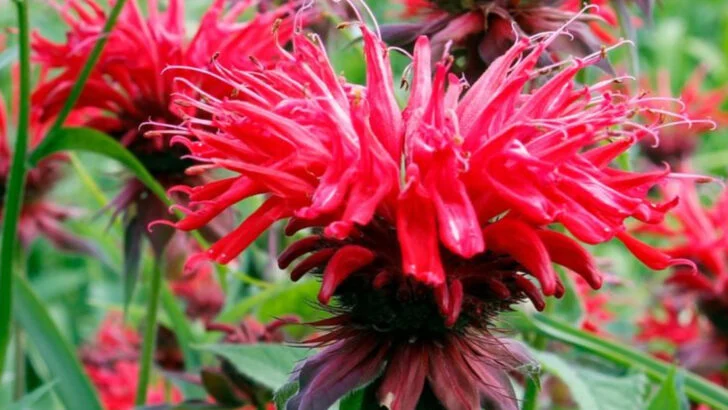Clay soil has a way of testing your patience and your plants. It holds water longer than most roots prefer, compacts easily, and can turn rock-hard in dry spells. Still, it’s far from a gardening death sentence. With the right perennials, even the heaviest clay can support a vibrant, reliable garden.
Some plants are surprisingly tough and don’t mind slow-draining soil, while others struggle the moment their roots can’t breathe. Knowing which is which saves time, money, and a lot of digging. Below, you’ll find perennials that actually thrive in clay and a few that are better left out of it entirely.
Bee Balm
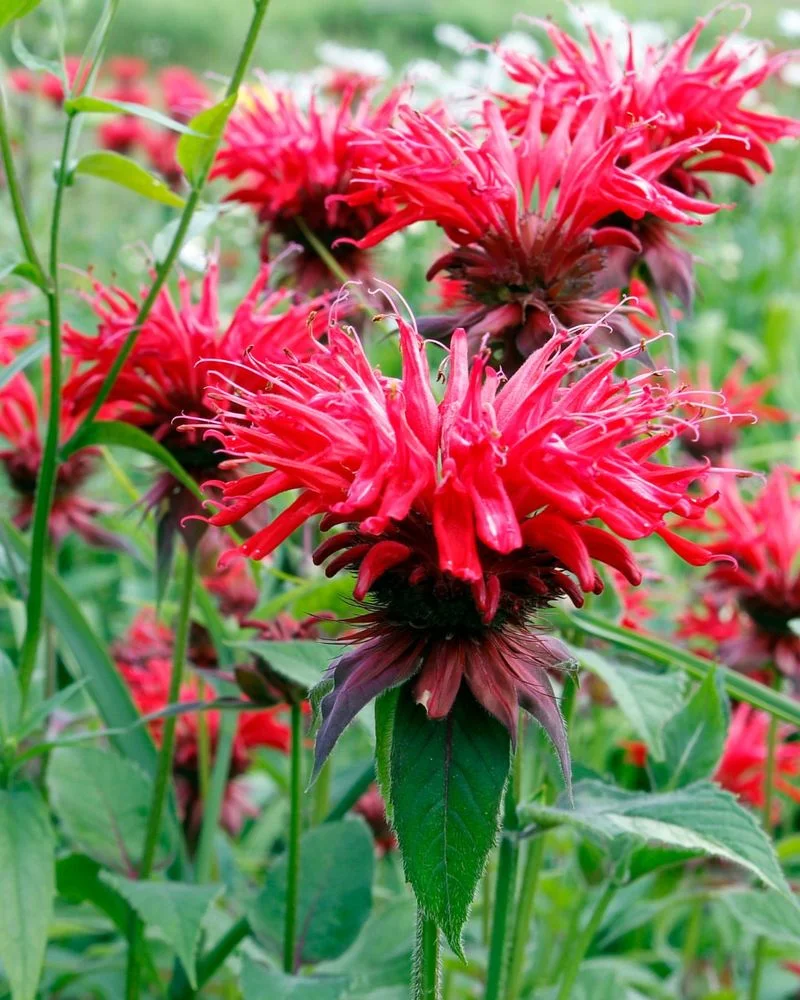
Bee Balm, known for its showy blooms and aromatic foliage, is a favorite among pollinators. Its resilience in dense clay soil makes it a top pick for gardeners.
This perennial’s ability to thrive in less-than-ideal conditions is remarkable. Known scientifically as Monarda, it brings vibrant color and life to gardens.
Besides its beauty, bee balm’s adaptability to heavy soils ensures continuous growth and flowering. Perfect for attracting bees and hummingbirds, its presence is both decorative and beneficial.
Daylilies

Daylilies are a gardener’s delight with their striking colors and robust nature. Thriving in clay soil, these perennials are low-maintenance and highly rewarding.
Each bloom lasts only a day, but the plant’s continuous flowering ensures a vibrant display throughout the season. Daylilies’ ability to adapt to various soil types, including clay, makes them a versatile choice.
When planted in sunny spots, they will flourish, adding elegance and color to any garden landscape.
Hostas
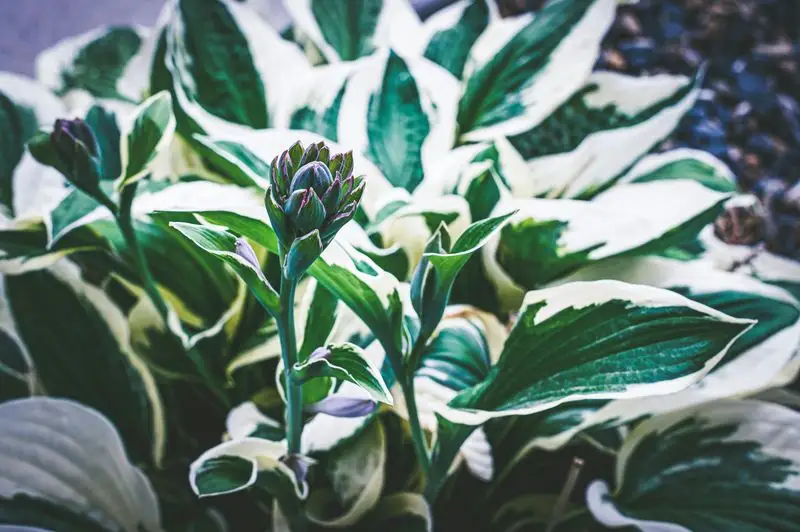
Hostas, celebrated for their lush foliage, are ideal for shady spots with clay soil. These perennials provide a serene backdrop with their wide variety of leaf shapes and colors.
Their ability to withstand compacted soils makes them a trusted addition to any garden. Besides their aesthetic appeal, hostas are remarkably low maintenance.
Perfect for creating lush, green landscapes in challenging soil conditions, they are a landscaper’s favorite for adding texture and depth.
Black-eyed Susan
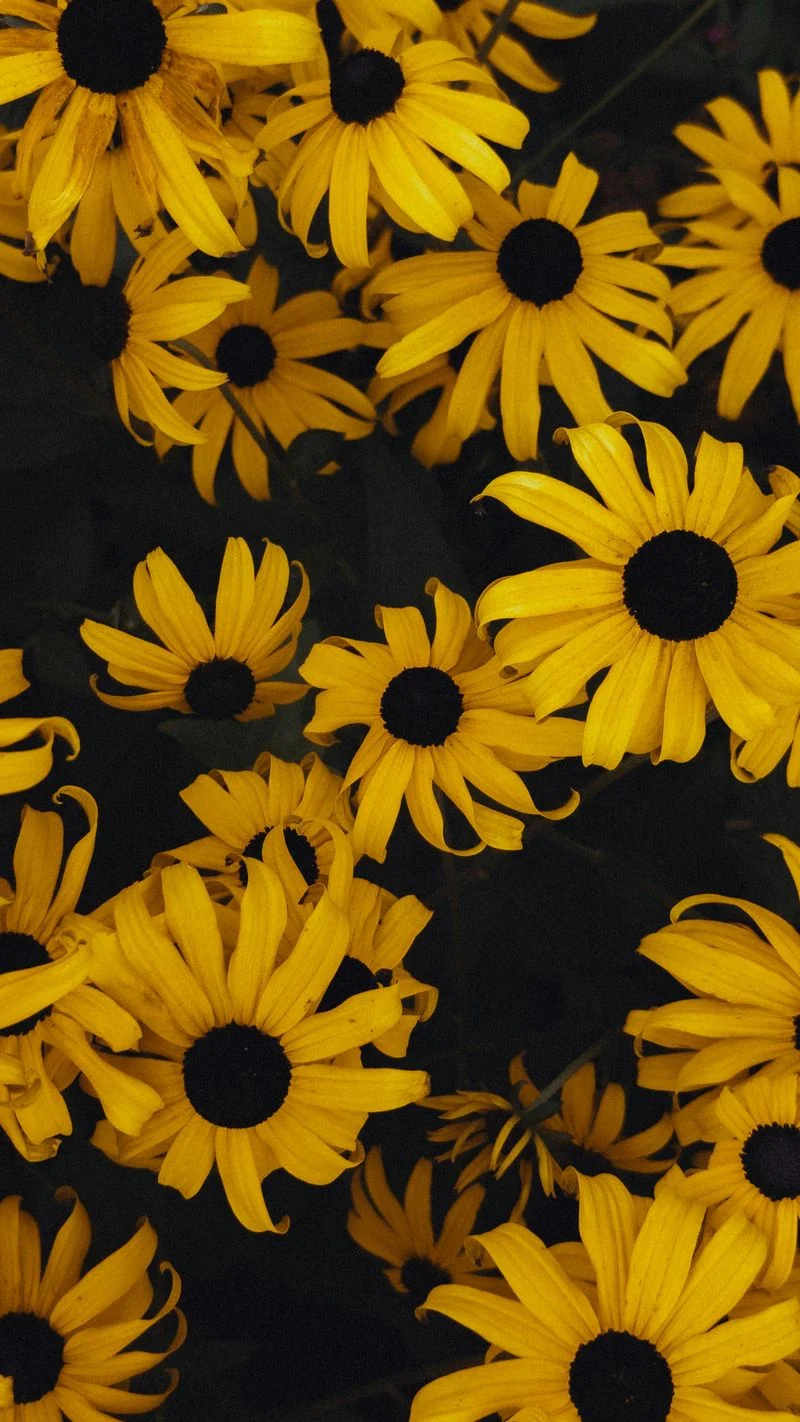
Black-eyed Susans are known for their cheerful yellow flowers and sturdy nature. These perennials thrive in clay soil and bring a bright burst of color to gardens.
With a sunny disposition, they are easy to grow and maintain. Known scientifically as Rudbeckia, they are a staple in sunny borders.
Their hardiness and ability to attract butterflies make them invaluable for any gardener looking to enhance biodiversity. They are both ornamental and ecological assets.
Coneflower
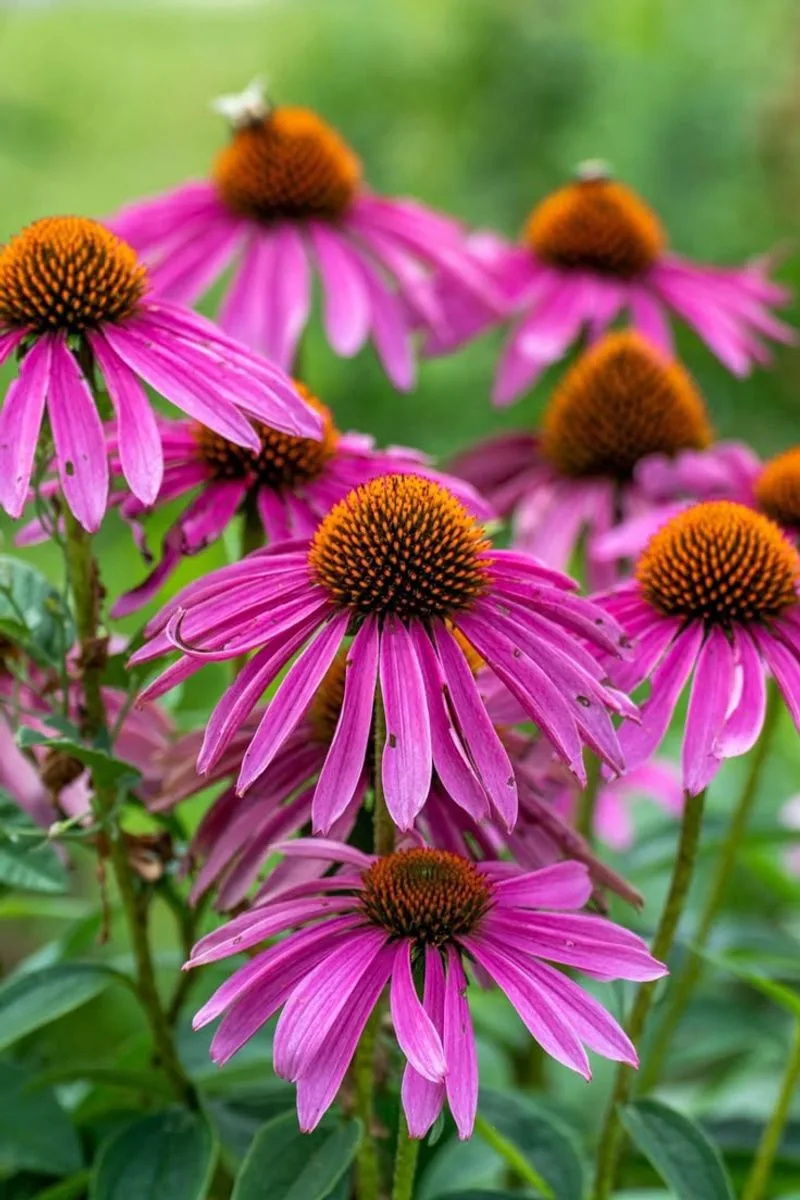
Coneflowers, or Echinacea, are celebrated for their medicinal properties and stunning appearance. Flourishing in clay soil, they are a gardener’s ally in creating a vibrant landscape.
These perennials are known for their daisy-like blooms and ability to attract pollinators. Their resilience in challenging soils adds to their charm.
Planting coneflowers ensures a garden teeming with life, color, and health benefits, as they are both beautiful and practical.
Sedum
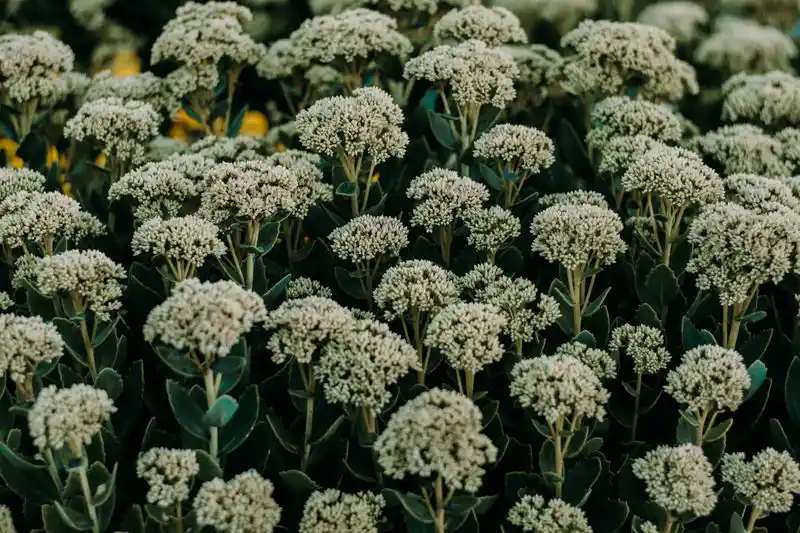
Sedums, known for their succulent leaves and starry flowers, thrive in rocky clay soil. They are drought-resistant and provide ground cover.
These perennials are ideal for low-maintenance gardens where soil conditions aren’t optimal. Their ability to store water in their leaves allows them to flourish in dry spells.
With a variety of shapes and colors, sedums add visual interest and resilience to any garden facing clay soil challenges.
Yarrow
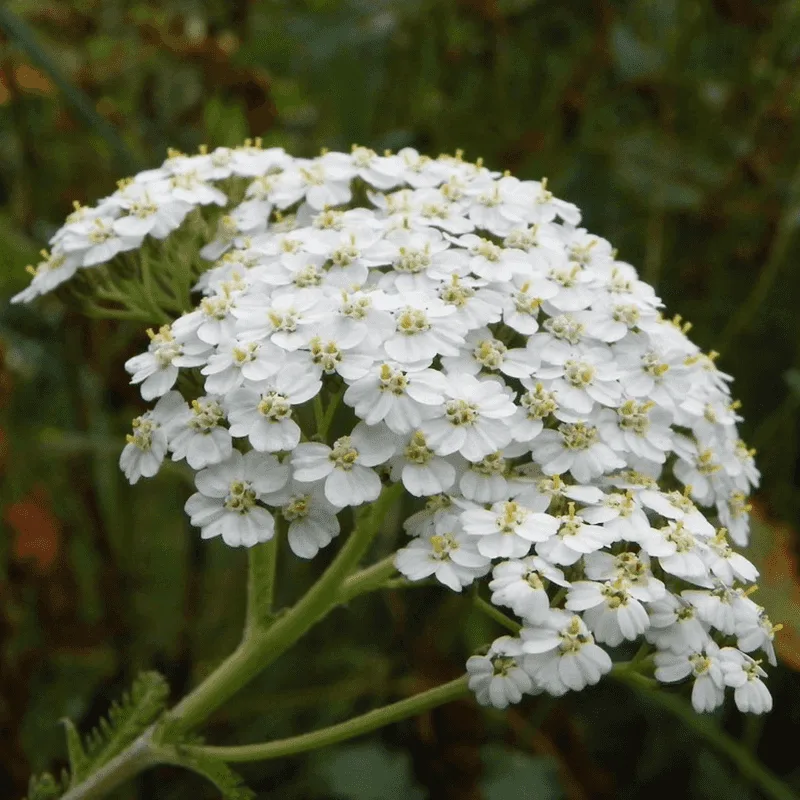
Yarrow, with its feathery leaves and tiny flowers, is a resilient perennial that thrives in clay soil. Known for its medicinal use, it’s a gardener’s friend.
Its ability to withstand poor soil conditions makes it a valuable addition to any garden. Yarrows attract beneficial insects, enhancing garden health.
This hardy plant not only adds color but also contributes to ecological balance. It’s a smart choice for those seeking beauty and biodiversity in clay environments.
Russian Sage
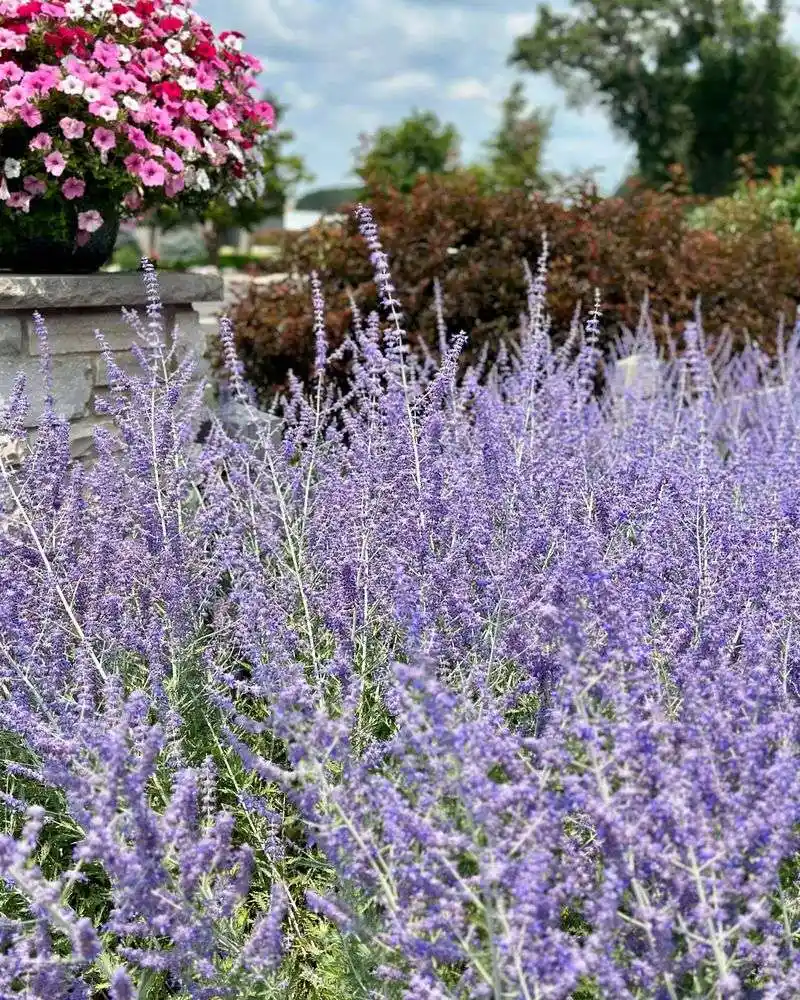
Russian Sage, with its silvery foliage and lavender blooms, thrives in clay soil. Known for its drought resistance, it’s a favorite in xeriscaping.
This perennial’s ability to flourish in less-than-ideal conditions makes it ideal for clay soil gardens. Its attractive, aromatic foliage adds texture and fragrance.
Perfect for sunny spots, Russian Sage is both a visual and aromatic delight, effortlessly adding elegance and resilience to any garden.
Hellebores
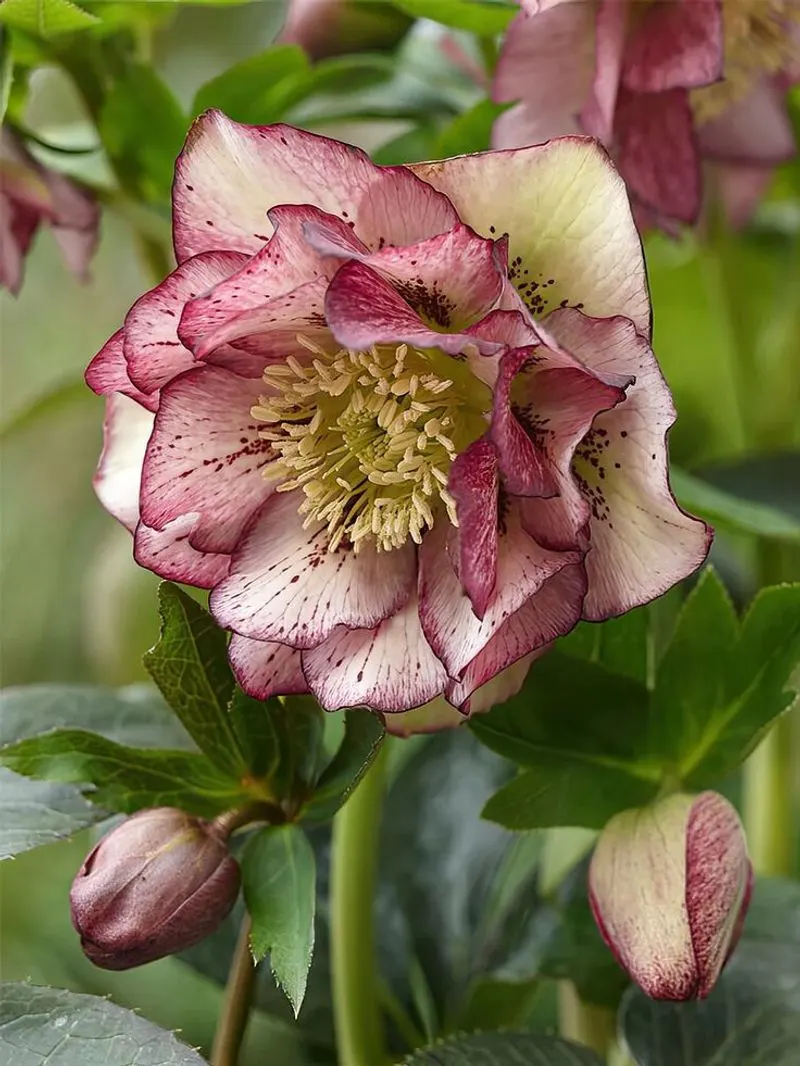
Hellebores, also known as Lenten Roses, are cherished for their early blooms and ability to thrive in clay soil. Their nodding flowers add a touch of elegance.
These perennials are ideal for shaded spots, offering color when most other plants are dormant. Hellebores’ tolerance for clay soil enhances their appeal.
Their long-lasting blooms and varied colors make them a gardener’s choice for early spring interest. They bring beauty to challenging environments.
Creeping Jenny
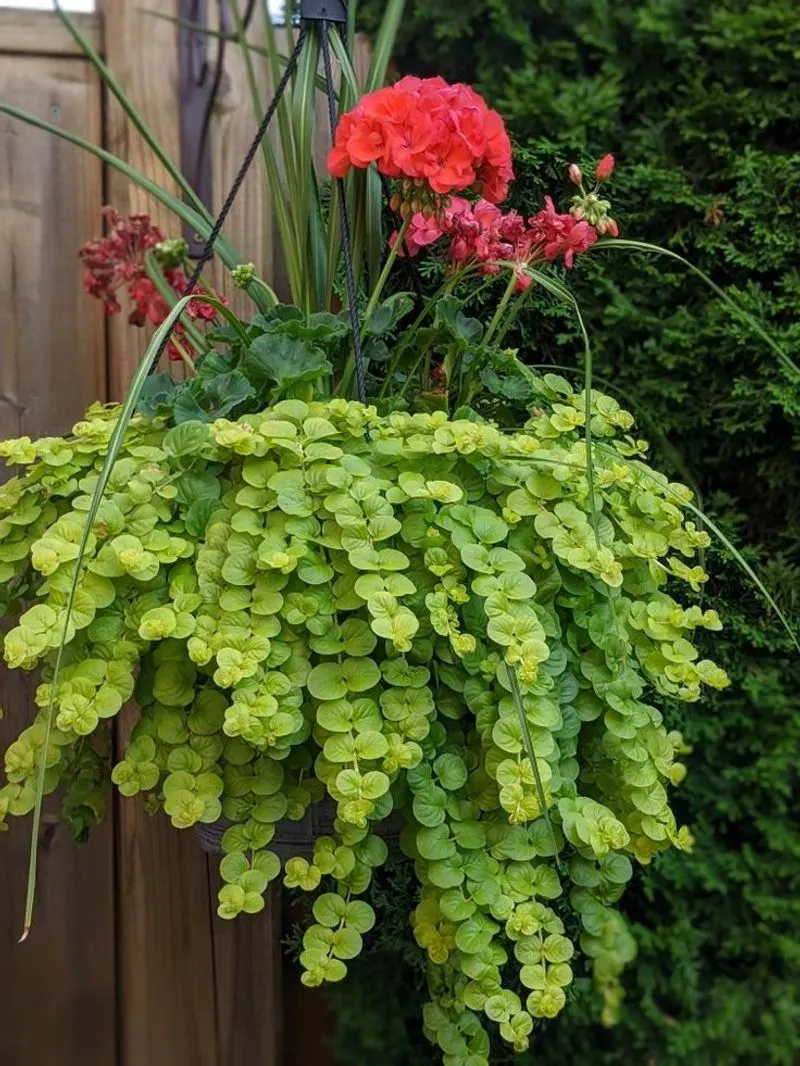
Creeping Jenny, known for its vibrant green leaves, is a hardy ground cover for clay soil. Its trailing habit and bright foliage add charm.
This perennial excels in moist conditions, perfect for filling in gaps in tough soil. Its ability to cover ground quickly makes it useful in controlling erosion.
With its cheerful appearance, Creeping Jenny brings life to less-than-ideal areas, ensuring a lush, green carpet in any garden.
Astilbe
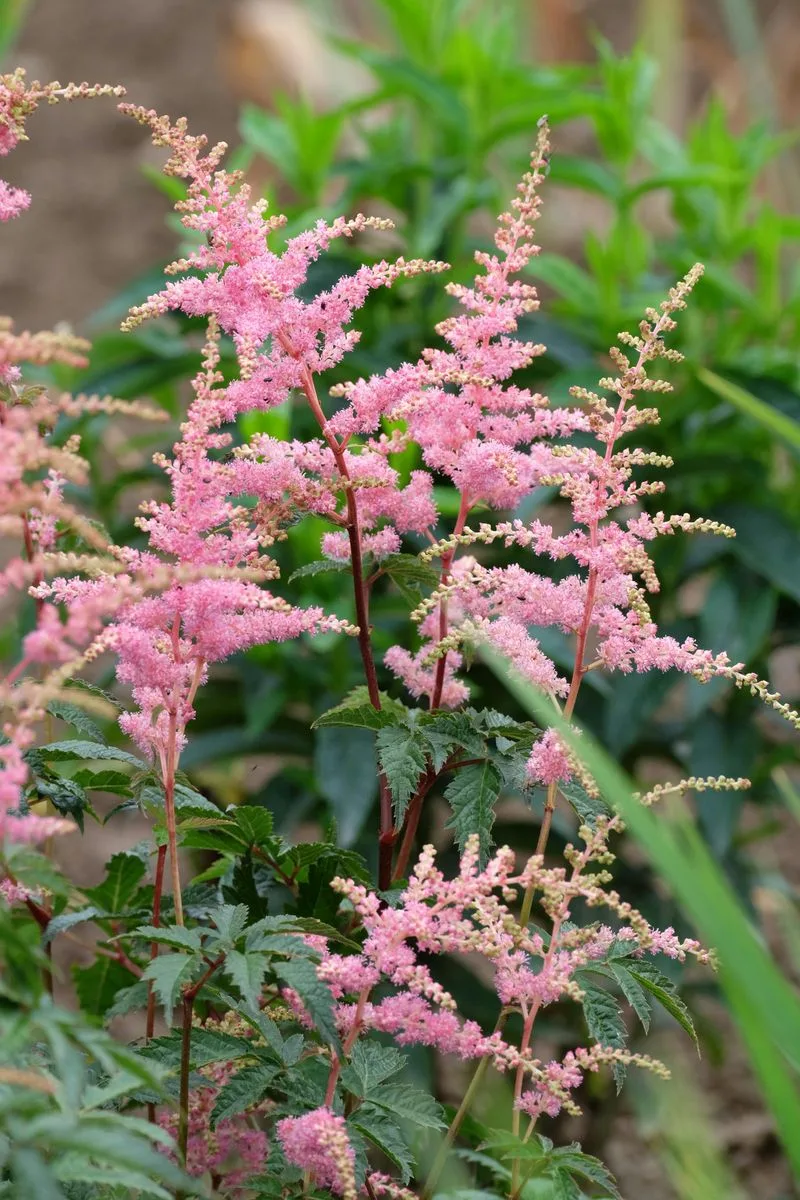
Astilbe, with its feathery plumes and fern-like foliage, thrives in moist clay soil. A favorite for shady garden spots, it adds grace and color.
These perennials are known for their ability to withstand heavy soil and add vertical interest. Astilbe’s diverse color range enhances garden palettes.
Perfect for creating depth and texture, they bring an airy elegance to challenging environments. A versatile choice for any gardener dealing with clay.
Ligularia
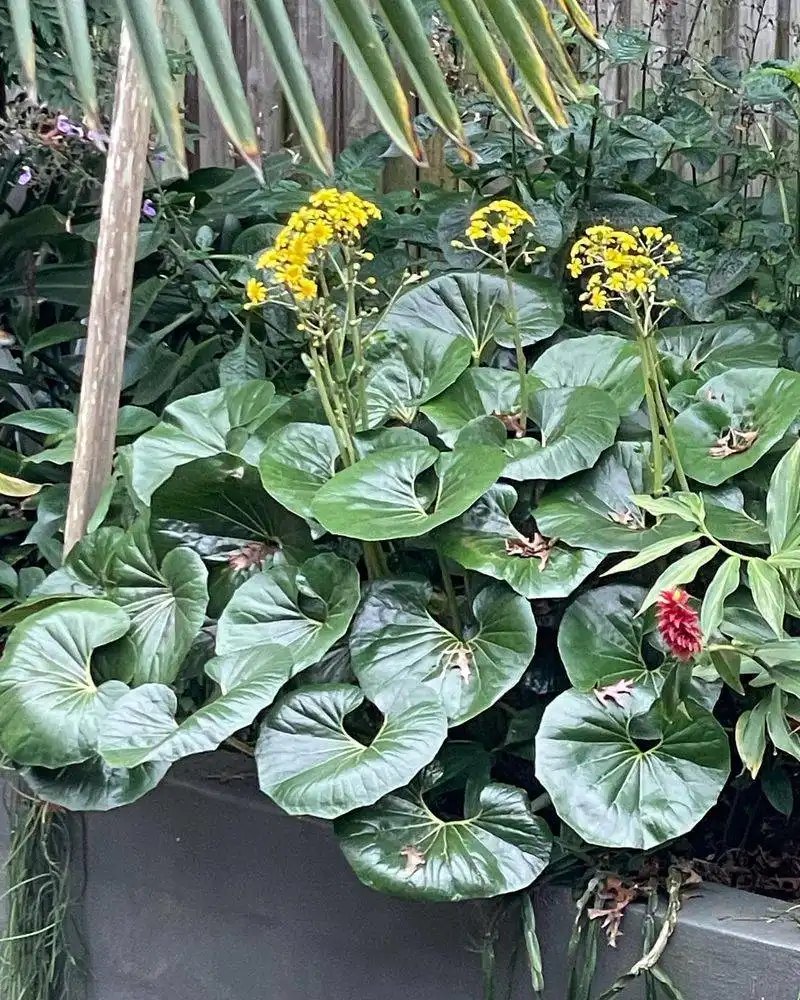
Ligularia, with its bold foliage and striking flowers, is perfect for clay soil gardens. Its preference for moist, rich soils makes it a standout choice.
This perennial’s ability to tolerate heavy soils adds to its ornamental appeal. Ligularia’s large leaves provide a dramatic backdrop in any setting.
Ideal for garden borders, its vibrant presence adds color and texture, ensuring a lush, thriving landscape in clay conditions.
Lavender
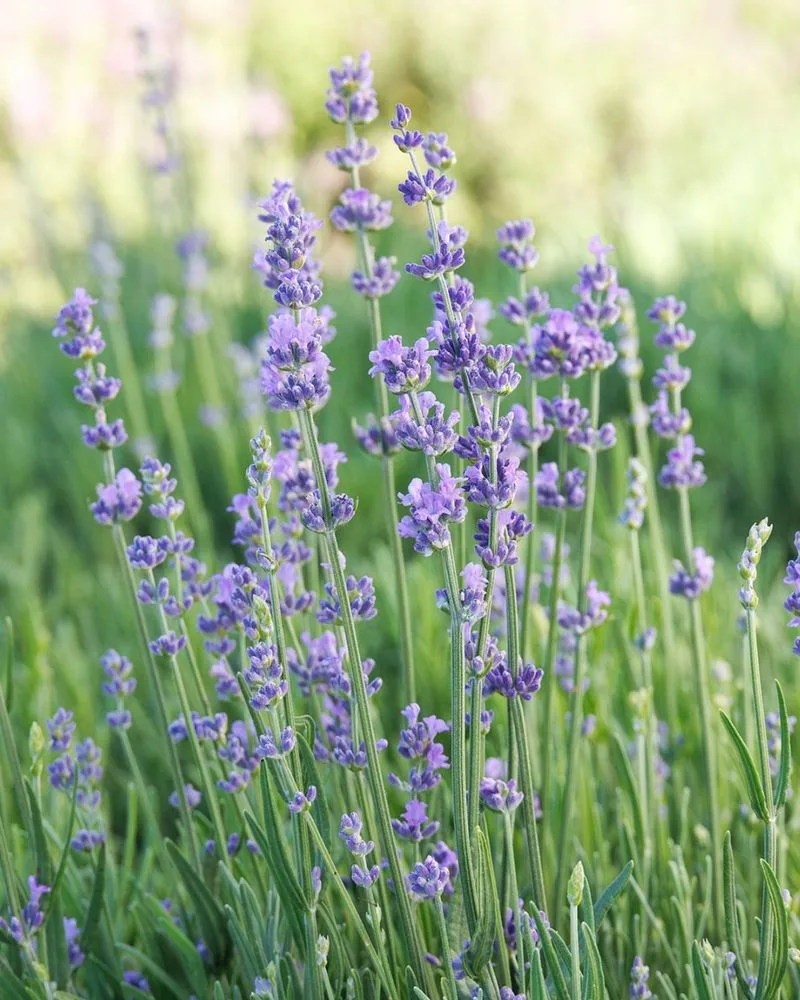
Lavender, while adored for its fragrance and beauty, struggles in clay soil. Known for preferring well-drained, sandy conditions, it often fails to thrive.
The dense nature of clay restricts drainage, causing root rot and stunted growth. Despite its popularity, lavender requires special attention in such soils.
Raised beds or containers with improved drainage can be an alternative for those determined to grow lavender in clay-based gardens.
Thyme
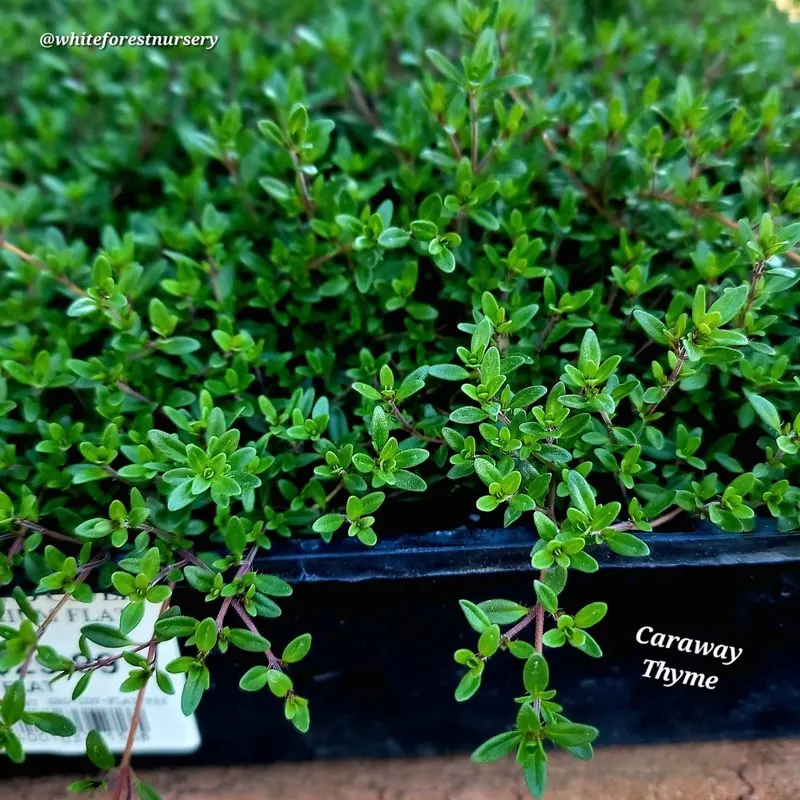
Thyme is a versatile herb known for its aromatic leaves, yet it battles in clay soil. Preferring sandy, well-drained environments, it often suffers in dense conditions.
The compact nature of clay inhibits drainage, leading to root issues. Thyme’s growth may be stunted, and its aromatic properties diminished.
For those who insist on growing thyme in clay, enhancing soil drainage through amendments or raised beds is essential to mimic its natural habitat.
Rosemary
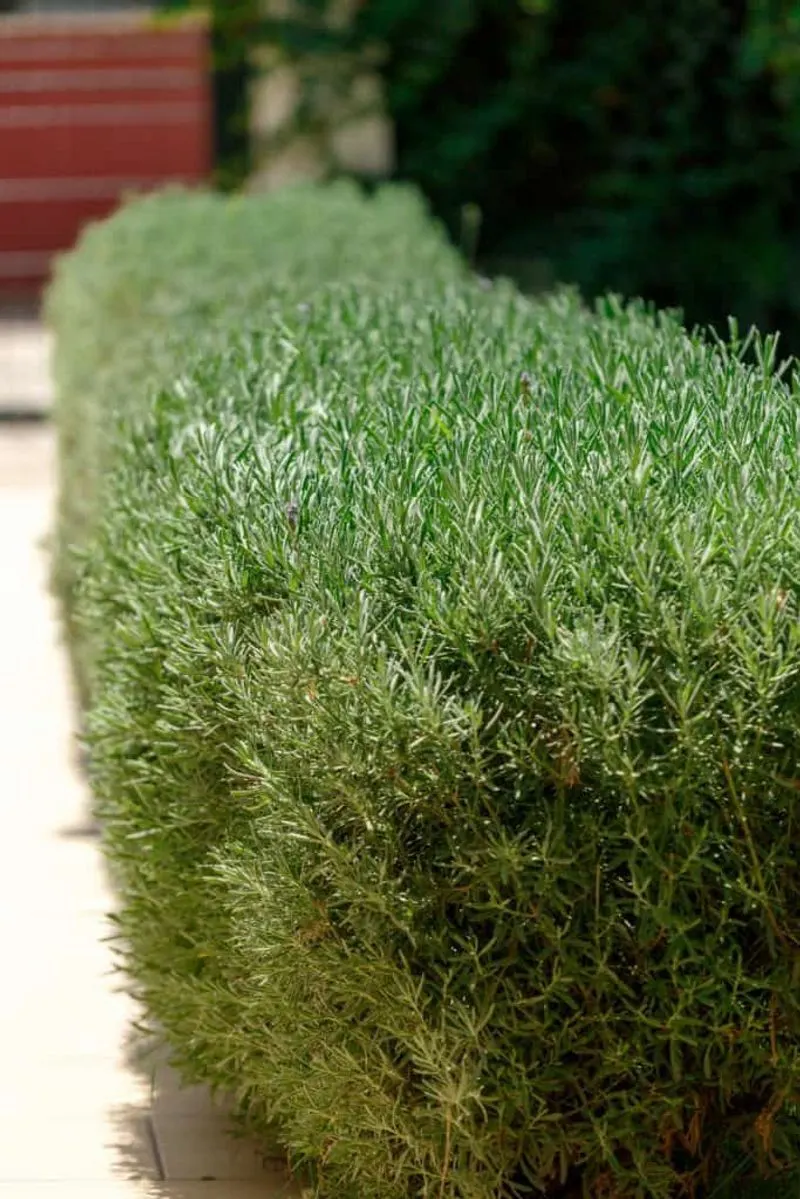
Rosemary, cherished for its culinary use and fragrant foliage, dislikes clay soil. Its preference for sandy, well-drained conditions often leads to poor performance.
In clay soil, rosemary struggles due to water retention issues, resulting in root rot and yellowing leaves. Its resilience is tested severely.
For successful growth, consider raised beds or improving soil conditions to ensure adequate drainage, allowing rosemary to thrive.
Salvia
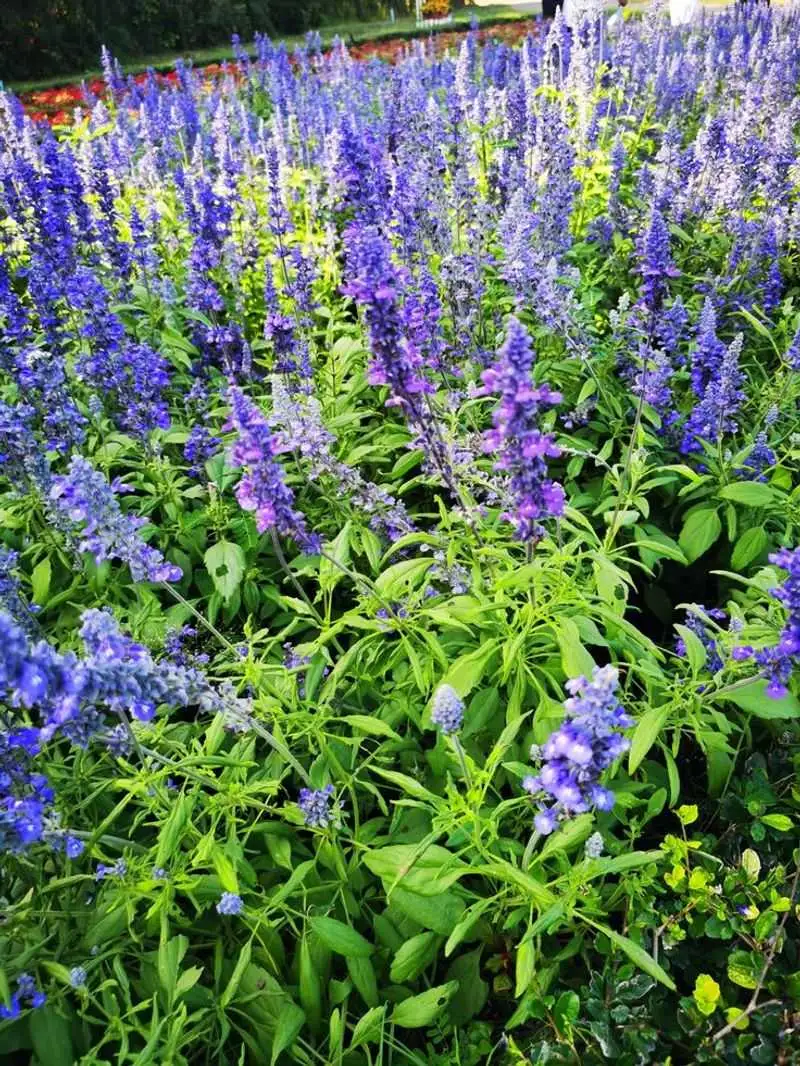
Salvia, known for its vibrant flowers and aromatic leaves, often struggles in clay soil. Preferring well-drained conditions, it faces challenges in dense environments.
Clay’s poor drainage can lead to root problems, impacting salvia’s growth and flowering. This beloved perennial requires attention in such soils.
Amending the soil or using raised beds can help replicate the conditions salvia needs to flourish, ensuring a healthy and blooming presence.
Catmint
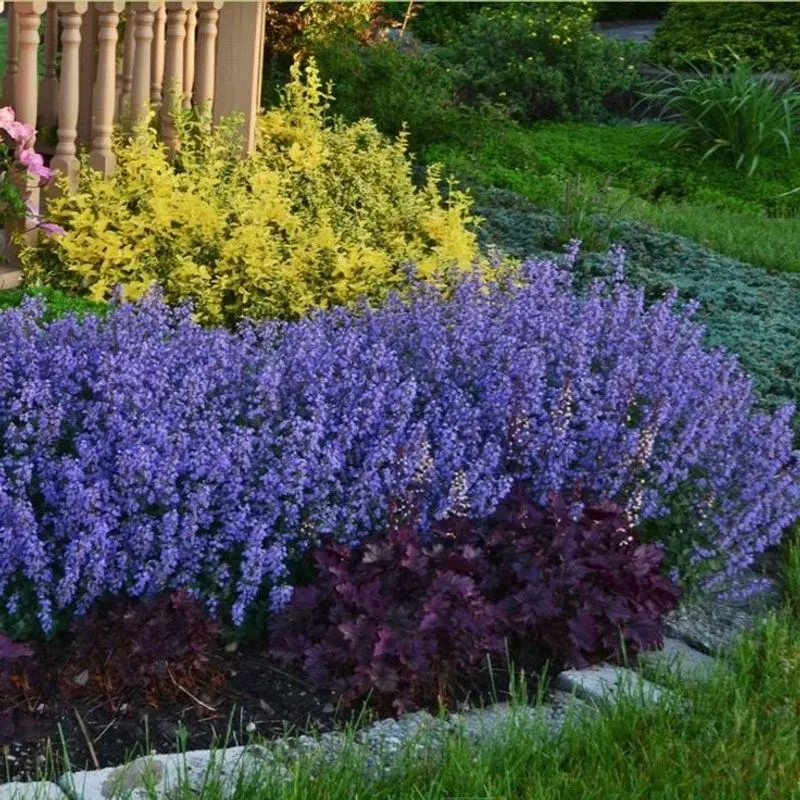
Catmint, adored for its aromatic foliage and blue flowers, does not thrive in clay soil. Its preference for well-drained, sandy conditions presents challenges.
In clay, catmint’s roots are prone to rot due to excess moisture, hindering its growth and flowering. The dense soil structure is unfavorable.
Improving drainage through soil amendments or container planting can offer catmint the environment it needs to prosper, adding fragrance and color to gardens.
Sage
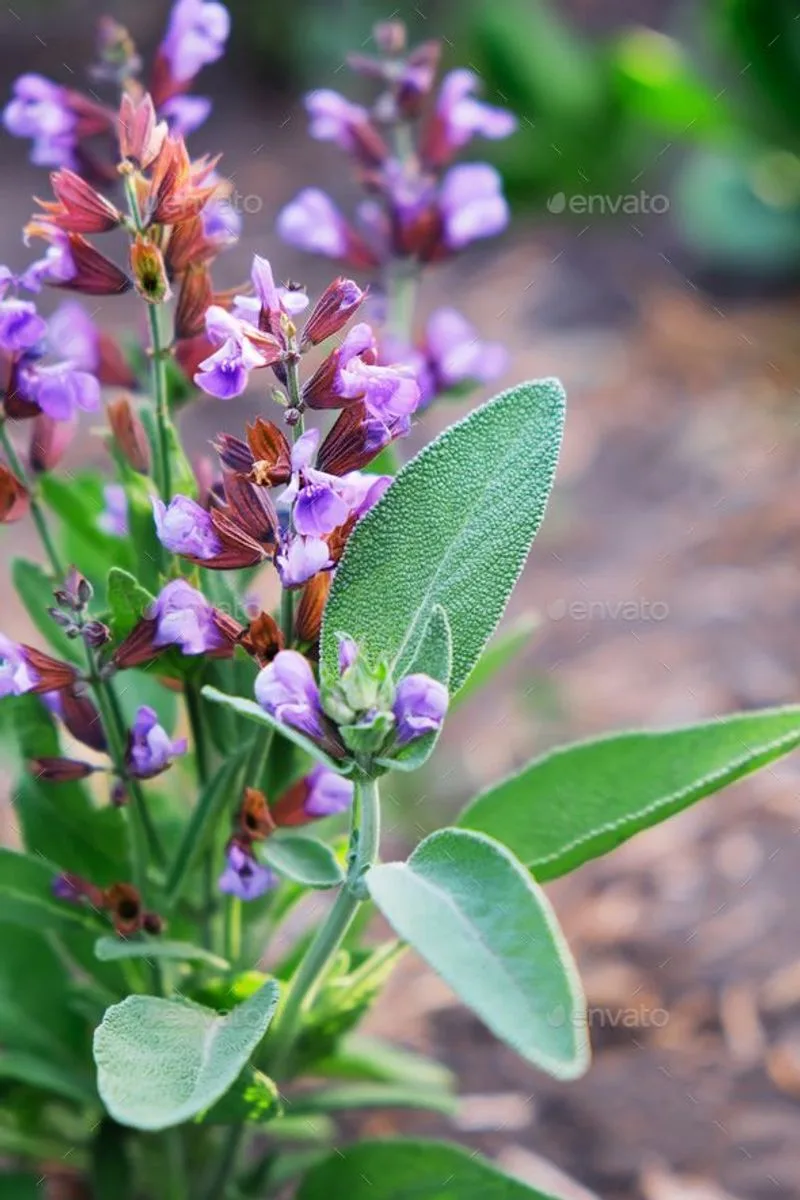
Sage, valued for its culinary and medicinal uses, fares poorly in clay soil. The dense nature impedes drainage, posing challenges for its roots.
Preferring sandy, loamy conditions, sage often suffers from root rot and diminished vigor in clay environments. Its typical resilience is compromised.
To grow sage successfully, soil amendments or raised beds are recommended, providing the well-drained conditions this versatile herb requires.

